Constructing Offers to Convert Website Visitors
Let’s talk about how to get someone to do something on your website… Something like sign up for your list or buy something from you.
But, before we get into how, let’s clarify what that something they’re doing is called: “conversion.” Conversion is a good thing, because when someone does it, you gain something. Your list gets bigger, you get a customer lead and/or you make a sale.
But what makes people convert? In short, you have to offer them something to do it. That incentive is called (wait for it…) an “offer!”
I recently presented a workshop for the Santa Rosa Chamber of Commerce where we spent time discussing website offers. Here’s what we covered. Offers come with different levels of associated “risk.” The risk matches prospects’ willingness to absorb it in return for getting something they want.
Their incentive to take the risk relates to their readiness to buy and the urgency behind their need. So, to convert people on your website, you must structure your offer(s) properly—or they won’t be effective.
Types of Offers
Offers can be generally categorized as follows:
High-Risk Offers– require someone to buy something, and perhaps go somewhere to transact that business. There is the risk that it won’t work out and that they might regret investing their time and money. An example of a high-risk offer is a discount. You can’t take advantage of it unless you buy.
Medium-Risk Offers– require someone’s time and presence. Although you don’t purchase, you must have a sufficient level of interest in the offer to justify the time and/or inconvenience. A “free consultation” is a prime example of a medium-risk offer.
The prospect gets to meet with a prospective provider, ask questions and obtain information. The risk is that you may waste your time and effort, and perhaps subject yourself to pressure from a salesperson. A free consultation is, after all, a sales opportunity for the provider, and most people understand this.
Low-Risk Offers– require simply giving some information, such as your name, email address and maybe phone number. The only risk is that you might get unwanted emails or a phone call. You can always remove yourself from the list with a simple unsubscribe request. The risk is very low. But the information you gain is probably something you want.
Matching Your Offer to Your Prospect
The important thing about creating offers is to understand that you can’t use the same offer in all situations or for all types of prospects. If you are a plumber, offering a free report to someone whose toilet is overflowing won’t be an attractive offer. They are considered a “now buyer.” Now buyers are usually willing to absorb more risk, such as a discount, because they are ready to commit.
On the other hand, if your prospect has plenty of time and/or the purchase value is high, informational offers are appropriate.
In a future post, we’ll look at specific examples of offers and how to successfully match them to your website visitors.




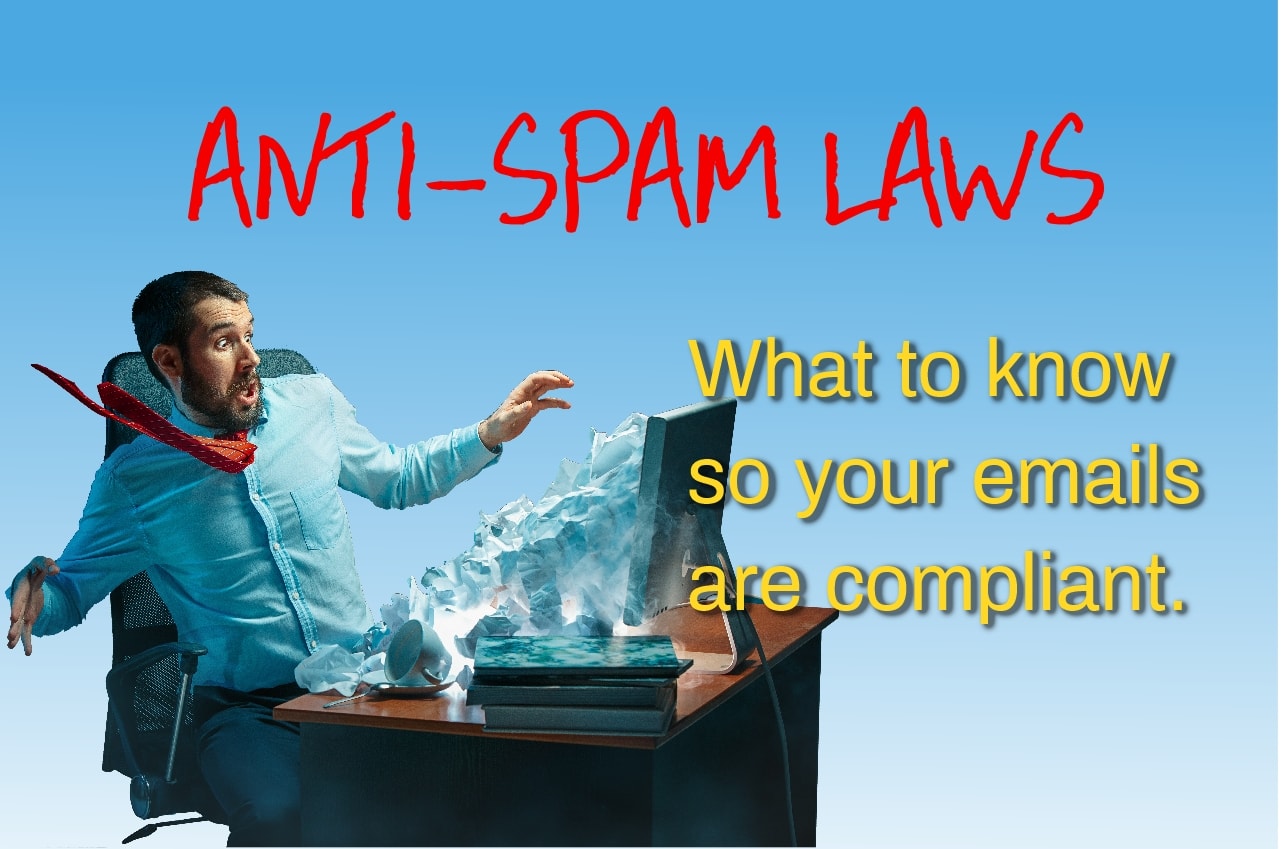
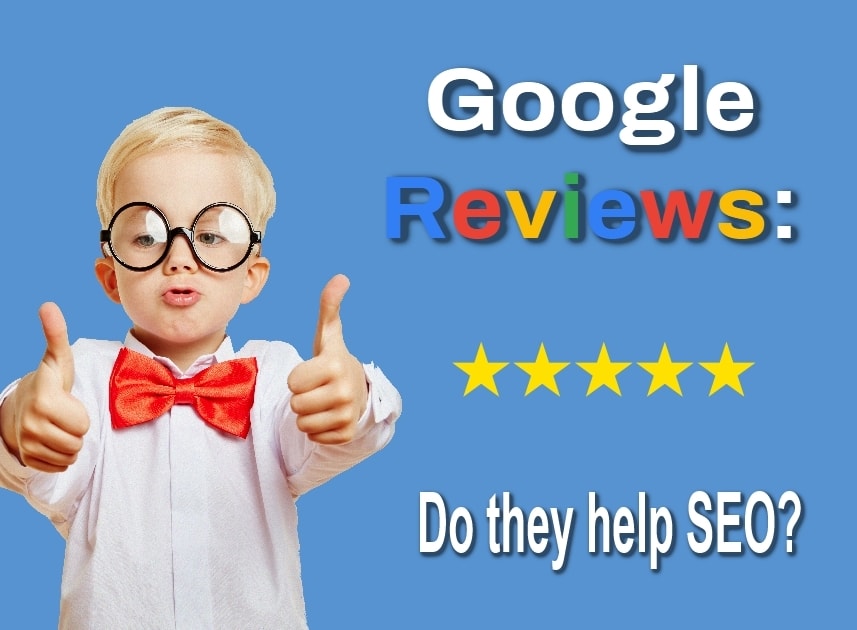




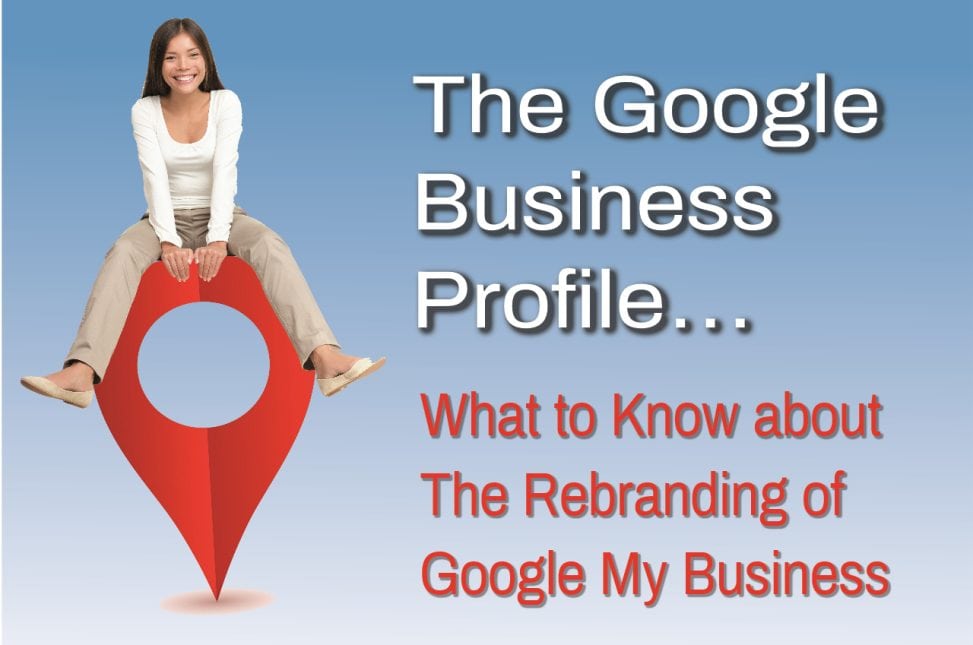

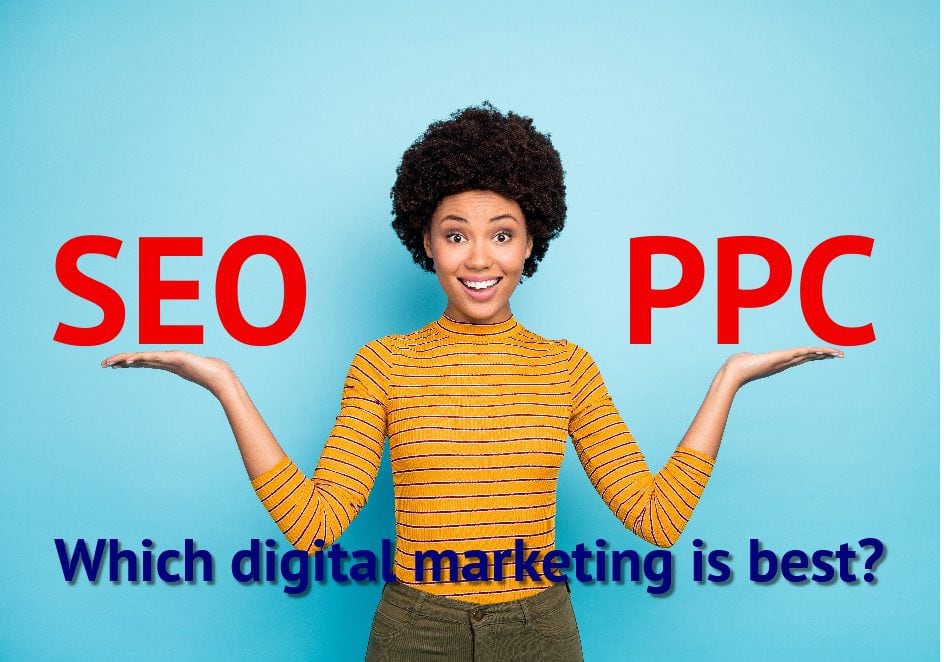


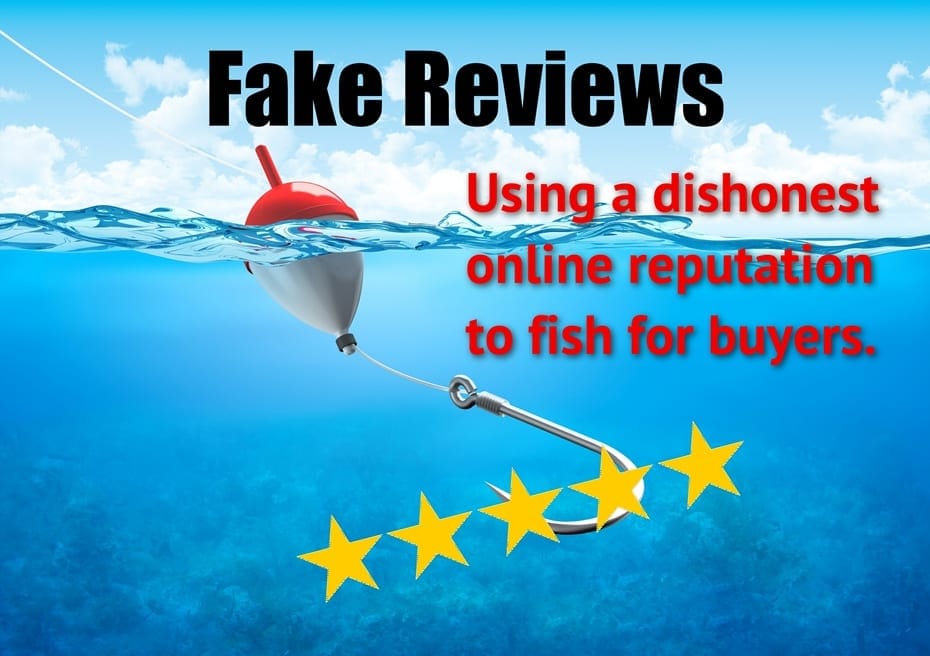
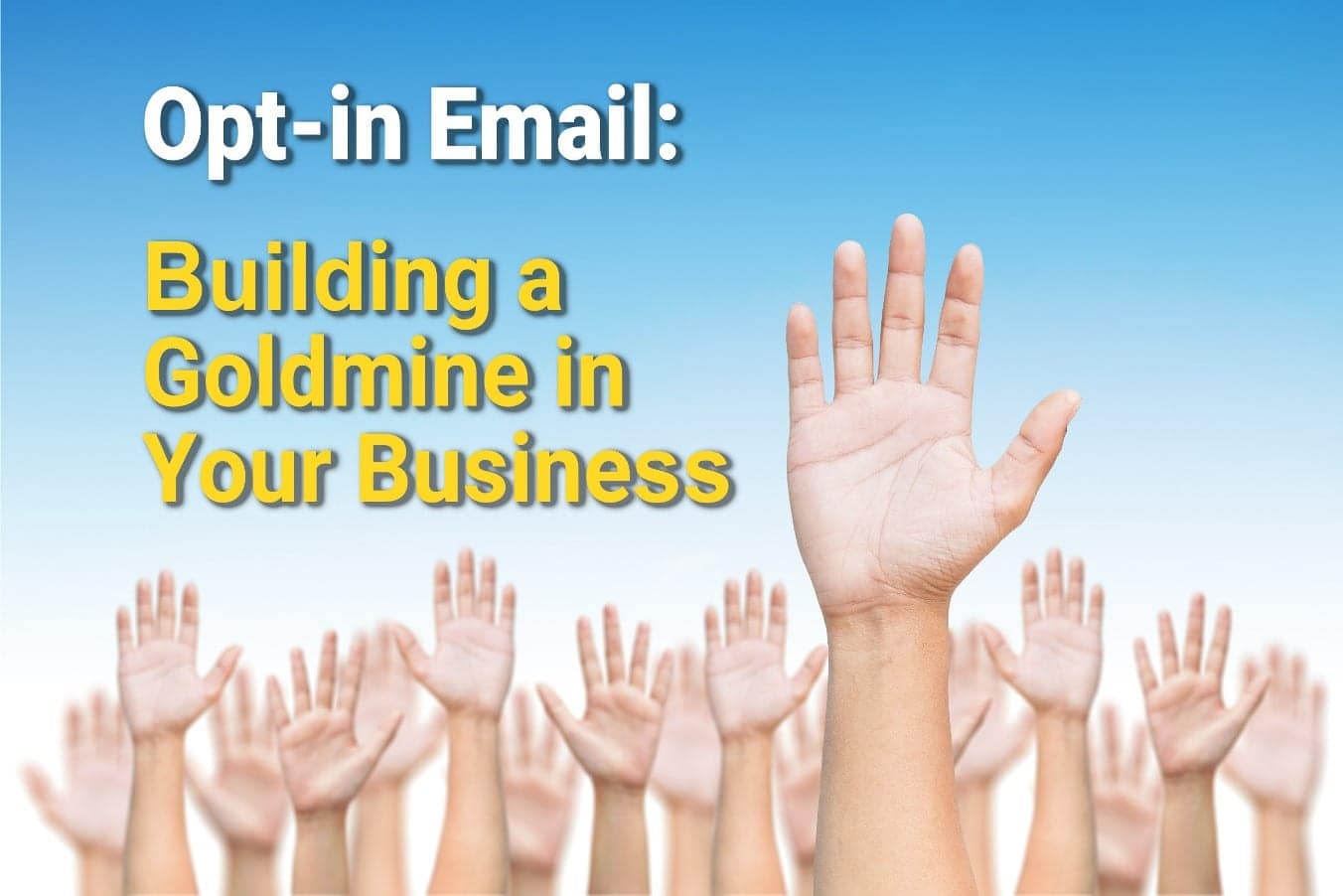
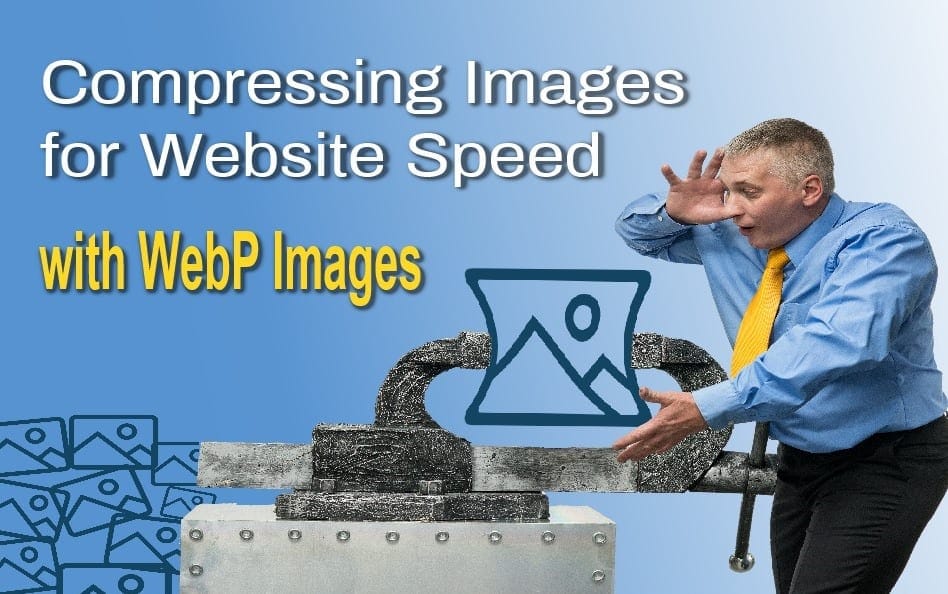


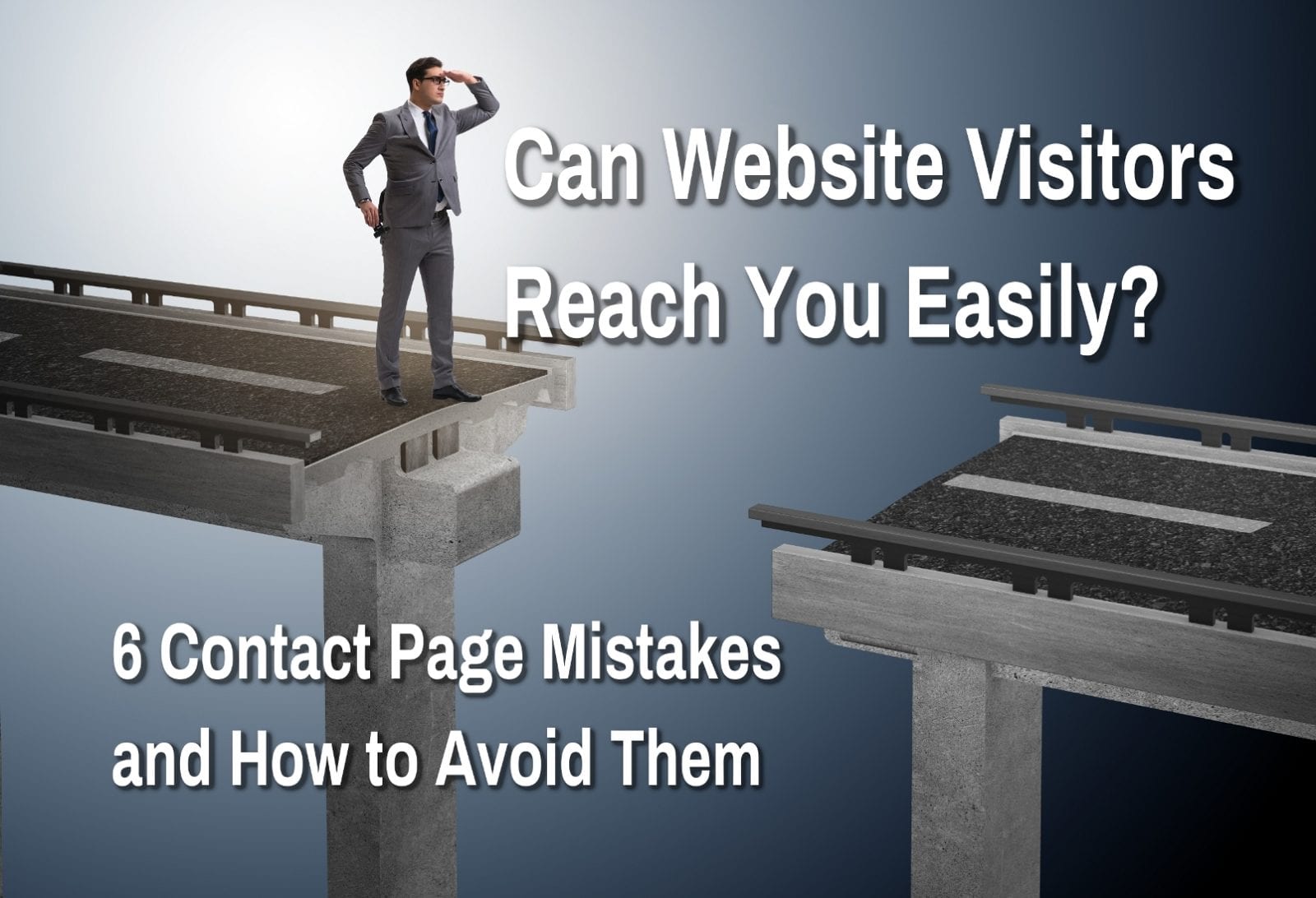


[…] Read our blog post about offers […]